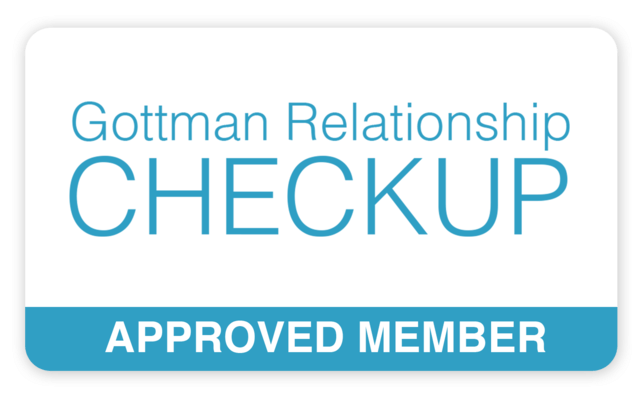Seattle, and the Northwest as a whole, is an amazing place to live but comes with a yearly price tag in the form of a dark and rainy winter (can I say dark again?). Some individuals may find that they feel a little less motivated, less energized, or just a little "down". Others may feel these and more, with much more intensity, otherwise known as SAD (seasonal affective disorder) now considered a subtype of major depressive disorder in the DSM 5. In order to get away from the pop psychology understanding about this condition, it is helpful to discuss exactly what SAD is and what we can do about it.
What Is Seasonal Affective Disorder?
When folks talk about SAD, they are really talking about major depressive disorder which continues to occur during seasonal changes (winter being the most common), but is alleviated with the change in seasons. Symptoms may include increased sleep (20% more than usual), overeating, weight gain, prominent energy, and craving carbohydrates. These symptoms are also not explained by a seasonal job loss, school schedule, or any other extraneous circumstance tied to seasonal change.
What Can Help?
Like many other forms of depression, medication has been a proven form of treatment and can be discussed with your primary physician or psychiatrist. Light therapy, or phototherapy, has also been shown to alleviate symptoms of seasonal affective disorder as well, but care must be taken to discuss with your primary care provider as to which light box is appropriate and how it should be used.
What About Counseling?
Psychotherapy has also been shown to be an effective treatment method for SAD, and is often recommended in unison with medication and/or light therapy treatments. Working with a counselor who utilizes cognitive behavioral therapy to identify negative thought patterns and resulting feelings and behaviors can alleviate symptoms and give individuals the tools to combat symptoms of SAD in the future.
What Now?
If you are concerned about SAD, or feel it may explain feelings of sadness and depression you experience seasonally, please feel free to contact me to discuss counseling options. Also, below are a list of resources to find out more about SAD.
http://www.apa.org/helpcenter/seasonal-affective-disorder.aspx
http://www.nimh.nih.gov/health/topics/seasonal-affective-disorder/index.shtml
http://www.apa.org/monitor/feb06/sad.aspx
